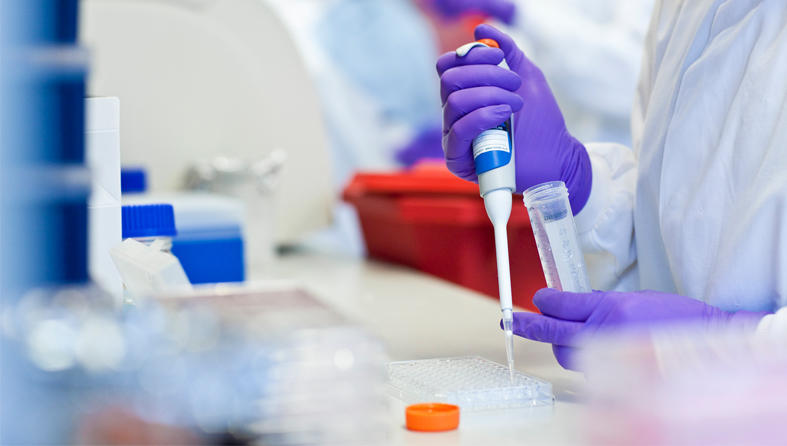Past research into rare cancers

120 years of life-saving discoveries
Our scientists have been at the forefront of cancer research since 1902.
Thanks to you, we’ve come so far. And we will go much further.
Together, we will beat cancer.
Our milestones
Our scientists have made vital contributions to finding new and better ways to treat, diagnose and prevent rare cancers. Below are a few of our most important discoveries.
1990s – We show how a virus called HHV8 causes a rare type of cancer called Kaposi’s sarcoma, which tends to affect people with suppressed immune systems (our researchers first spotted the link through treating people with AIDS).
1963 – One of our researchers is the first to use a combination of two drugs – methotrexate and mercaptopurine – to treat a rare cancer that can occur in pregnancy called choriocarcinoma. This transformed the outlook for women with this disease and survival doubled within a few years. Today, almost all women are cured.
2010 – The results from a large clinical trial we helped fund show that a combination of radiotherapy with chemotherapy increases the number of people who survive anal cancer.
1993 – We show that using antibiotics to get rid of a bacterium called H. pylori can effectively treat a type of stomach lymphoma that’s slow-growing and at an early stage, sparing some patients from harsher treatments.
2002 – We contribute to a major breakthrough in the treatment of a rare cancer of the gut called gastro-intestinal stromal tumour (GIST), showing that the drug imatinib (Glivec), is an effective treatment for certain types of the disease. Our research also underpinned thie development of imatinib.


